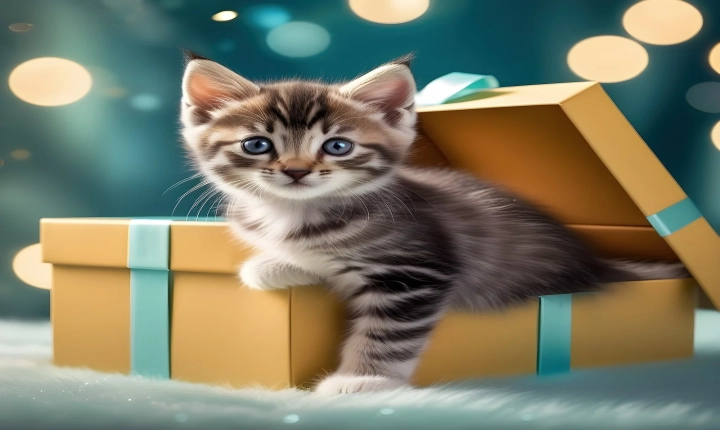AI-generated artwork, also known as generative art, has been gaining attention in the art world as a new and innovative form of creative expression. This emerging technology leverages the power of artificial intelligence to create visual art, offering a fresh perspective on the intersection of technology and creativity.
At the core of AI-generated artwork is the use of machine learning algorithms, which are trained on large datasets of existing artwork to identify patterns, styles, and techniques. These algorithms then use this learned knowledge to generate new pieces of art, often combining and reinterpreting elements from the original dataset to produce unique and original compositions.
One of the key techniques used in AI-generated artwork is the use of generative adversarial networks (GANs). GANs work by pitting two neural networks against each other – one network generates images, while the other network tries to discern whether the image is real or generated. This process creates a feedback loop, where the generator network learns to create more realistic images, while the discriminator network becomes more adept at distinguishing between real and generated images. The result is the creation of highly realistic and visually compelling artwork that can mimic different artistic styles and forms.
Another approach to AI-generated artwork is the use of style transfer algorithms, which allow an AI system to apply the artistic style of one image to the content of another. This technique has been popularized in applications that allow users to transform their photographs into the style of famous artists like Van Gogh or Picasso. By leveraging deep learning methods, these algorithms can extract the stylistic features of a reference image and apply them to a target image, resulting in visually stunning and dynamic compositions.
The use of AI in art creation has sparked debates about the role of technology in the creative process and the definition of authorship. While some view AI-generated artwork as a collaborative effort between human and machine, others see it as a threat to the authenticity and originality of art. Nevertheless, AI-generated artwork has opened up new possibilities for artists to explore and experiment with different styles, techniques, and artistic expressions.
AI-generated artwork has also found its place in the commercial art world, with galleries and collectors embracing this new form of creativity. It presents a unique opportunity for artists to push the boundaries of traditional artistic practices and engage with a wider audience, while also challenging the conventional notions of artistic creation.
As the capabilities of AI continue to evolve, so too will the possibilities for AI-generated artwork. With advancements in machine learning and neural networks, we can expect to see even more sophisticated and groundbreaking AI-generated artworks that challenge our perceptions of creativity and art.
In conclusion, AI-generated artwork represents a fusion of technology and creativity, offering a new lens through which to explore the artistic process. While it may raise questions about authorship and originality, it also presents a wealth of opportunities for artists and art enthusiasts to engage with new forms of expression. As AI continues to advance, the world of AI-generated artwork is sure to continue to captivate and inspire us with its innovative and boundary-pushing creations.
